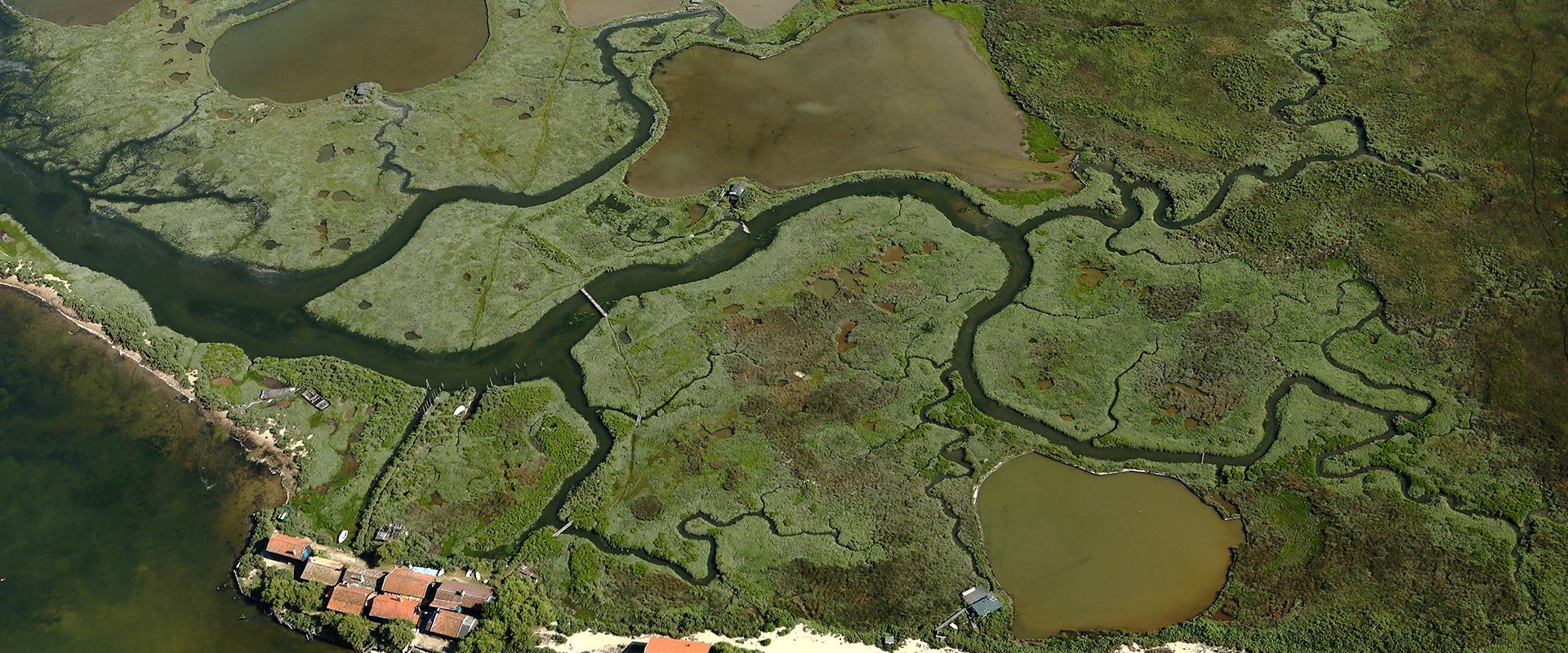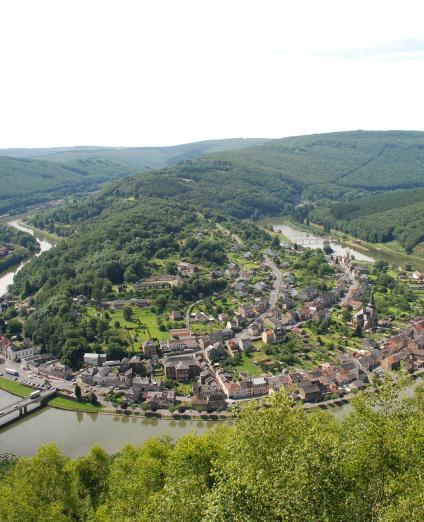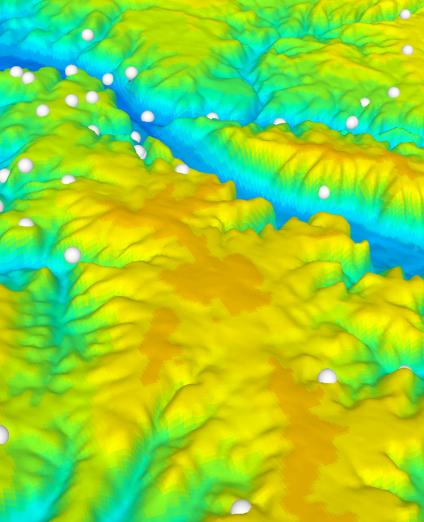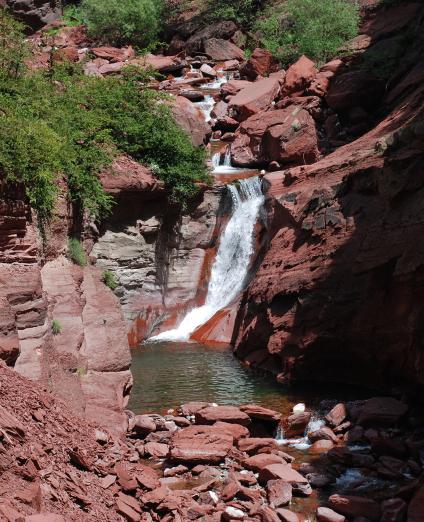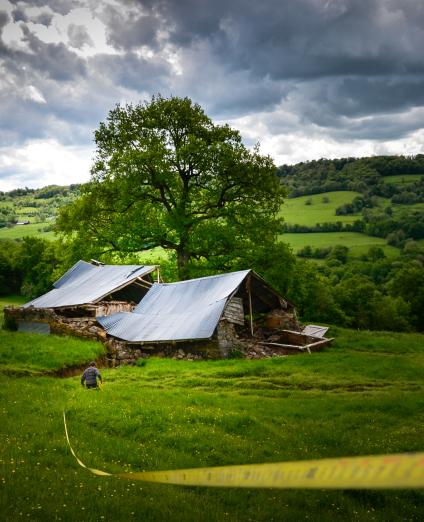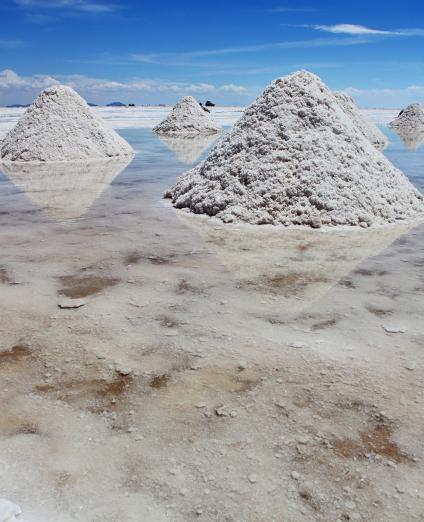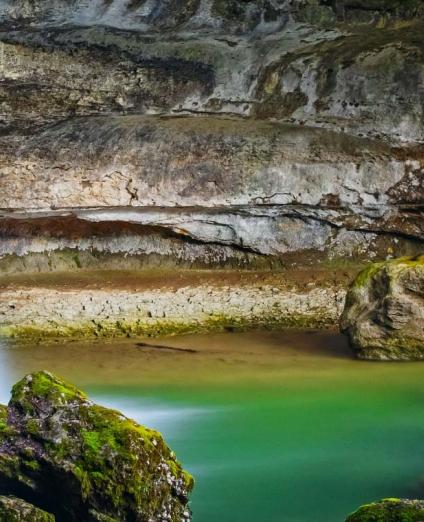Organised by BRGM Nouvelle-Aquitaine, the "Deep groundwater resources in the southern Aquitaine Basin" webinar provided an opportunity to discuss the following subjects:
- The results of the research conducted as part of the GAIA programme. Managed by BRGM and financed by TEREGA and the Adour-Garonne Water Agency, this project aims to improve our understanding of the deep aquifers in the southern Aquitaine Basin.
- The results of the socio-economic study concerning the strategic importance of the deep aquifers in the Adour Basin and the methods implemented to manage the deep aquifers in the southern Adour-Garonne Basin (studies conducted by the Institution Adour).
Video of the webinar
Webinar programme
GAIA - BRGM
- Context of the study
- An inventory of geological, hydrogeochemical and hydrogeological studies concerning existing knowledge of the deep aquifers of the southern Aquitaine Basin
Round table to address and discuss the relevance of the scientific results (e.g. from the GAIA programme) with representatives of local authorities. With:
- Bruno de Grissac - Director of the Joint Syndicate for Studying and Managing Water Resources in the Gironde département
- François Joncour - Deputy Director of the Adour and Coastal Delegation of the Adour-Garonne Water Agency
- Mélanie Erostate - Doctor in hydrogeology, responsible for the deep aquifers project at the Institution Adour
- Nicolas Pedron - Regional Director of BRGM Nouvelle-Aquitaine
Moving towards the coordinated management of the deep aquifers in the Adour Basin - Institution Adour
- Results of the Socio-economic study concerning the strategic importance of the deep aquifers in the Adour Basin
- Method implemented to manage the deep aquifers in the southern Adour-Garonne Basin
Conclusion

Partners involved in the "Deep groundwater resources in the Southern Aquitaine Basin" webinar.
© BRGM
The GAIA project
Since 2014, BRGM, TEREGA and the Adour-Garonne Water Agency have been working in partnership on an ambitious research project aimed at improving our understanding of the hydrodynamics of the Tertiary and Cretaceous aquifers of the southern Aquitaine Basin. The GAIA project involved the development of an essential operational tool to manage these aquifers.
The deep aquifers in the south of the Adour-Garonne Basin act as strategic water resources for various uses: drinking water supply, spa therapy, irrigation, industry, geothermal energy, gas storage, etc. The aquifer known as "Sables infra-molassiques" (sub-molasse sands) is subject to the most intensive use and its piezometric levels have been declining for over 30 years.
The studies carried out for the GAIA project were based on a multidisciplinary approach (geology, hydrogeology and hydrochemistry).
As regards the geological aspect, all the existing data was compiled, processed and analysed (boreholes, seismic lines, etc.). The collated data enabled us to improve our understanding of how the southern section of the basin evolved from the Upper Cretaceous to the Upper Eocene. This information also enabled us to develop a 3D geological model of the sedimentary formations of the southern Aquitaine Basin. The geological model (designed for hydrogeological purposes) distinguishes between aquifers and aquitards, while also incorporating the structural complexity of the southern basin (taking into account the faults).
As regards the hydrogeological and hydrochemical aspects, a major phase of the project was devoted to gathering data, while several experiments and field investigations were also carried out: analysis of recharge potential, study of possible deep-aquifer outlets, examination of the effect of temperature and mineralisation on water in deep boreholes, analysis of groundwater using isotopes.
At the same time, a 3D hydrogeological model was built using the 3D architecture of the geological model, thus enabling us to simulate flows from the various aquifer layers. This tool has improved our overall understanding of how the underground hydrosystem functions and will help manage water resources in the area more effectively.

